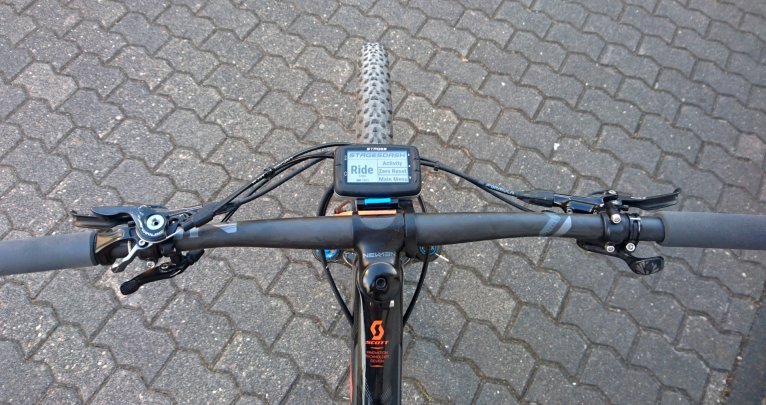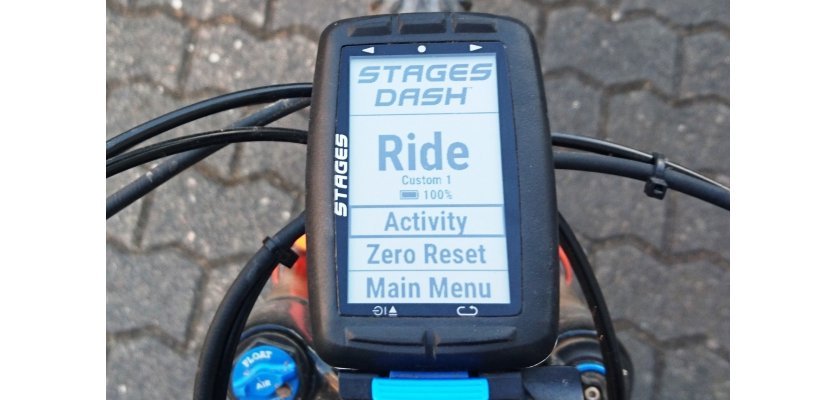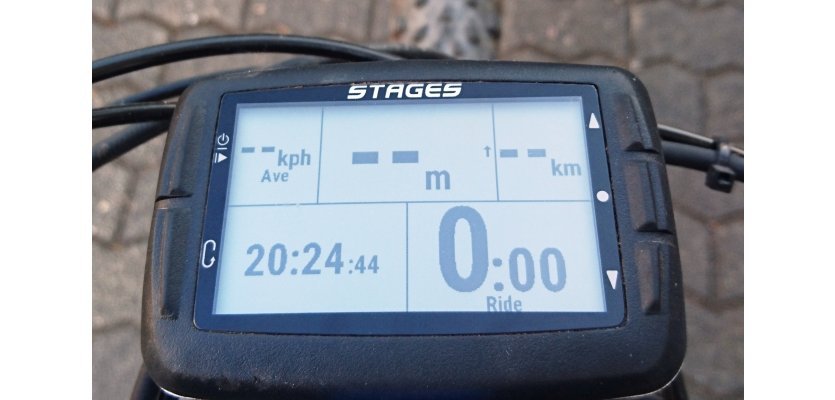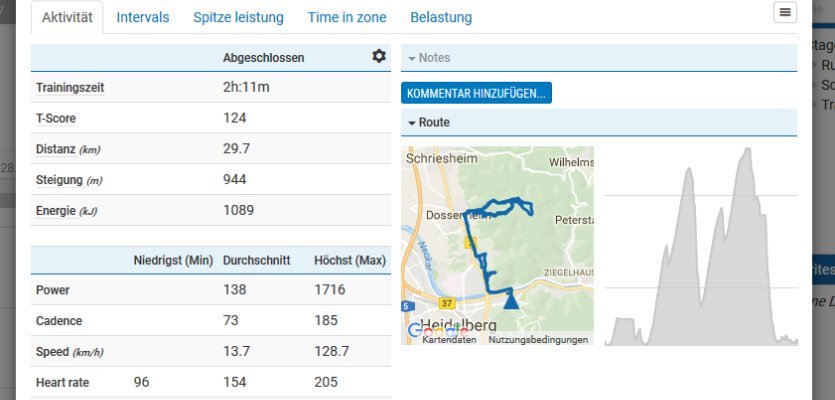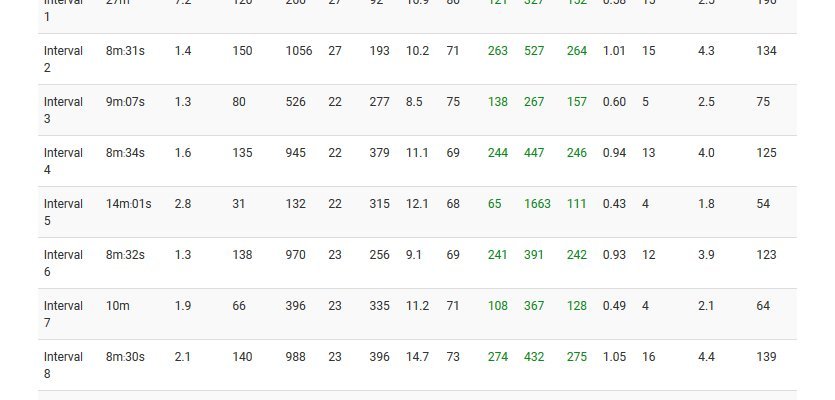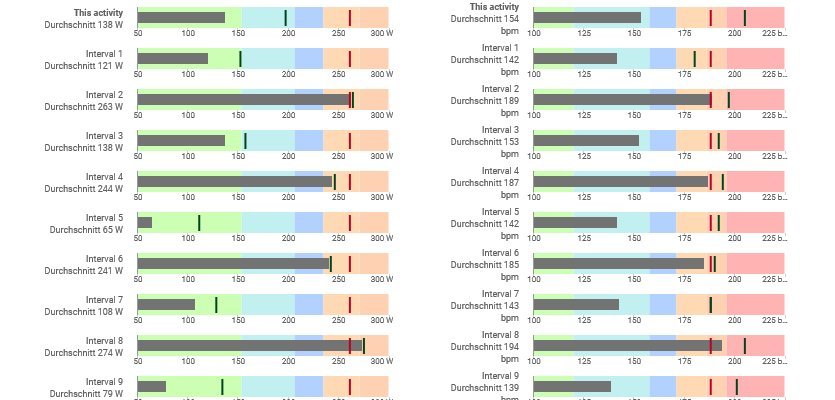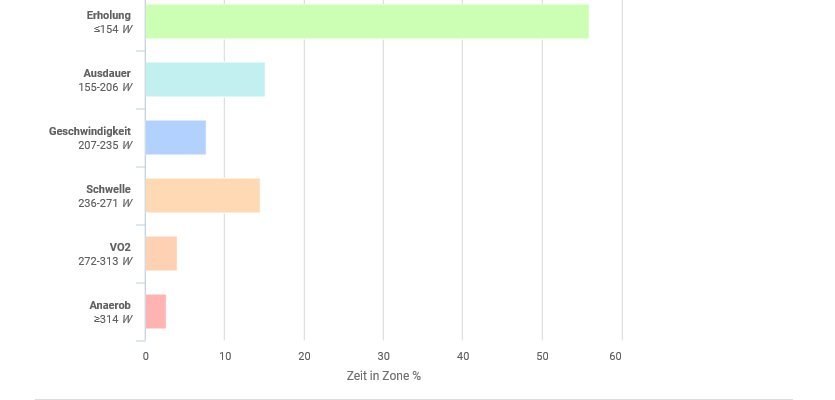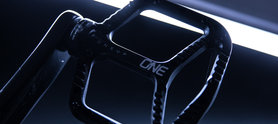
Review: Stages Dash and Stages Link
The new Dash cycling computer and the Link online performance analysis tool complement the Stages power meters. Our MTB World Cup riders have tested them.
So far Stages Cycling has only been making power meters. With the introduction of Stages Dash, a power-training-optimised GPS head unit and Stages Link, a new cloud-based training and analytic system, the American company has created a complete performance ecosystem for road, track, MTB and indoor bikes. Read how the system works and how well the Dash performs.
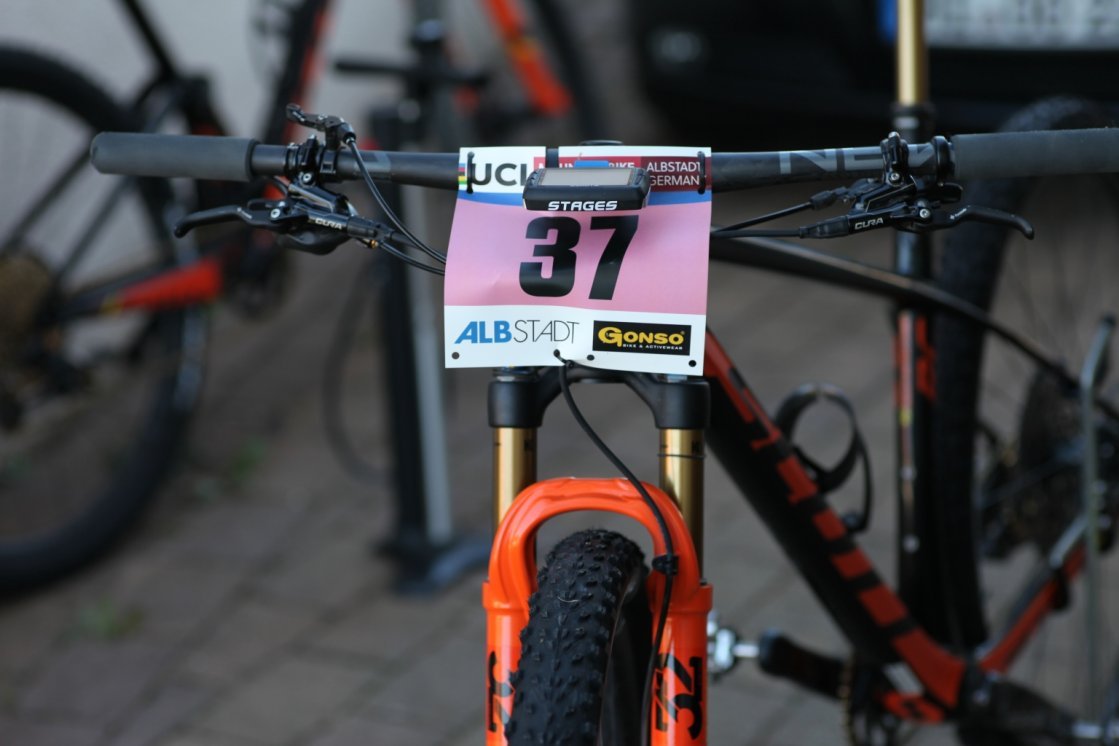
The new Stages Dash computer on Theresia’s World Cup race bike.
Product specifications of the Stages Dash
What’s in a name? As it indicates, the new Dash(board) head unit is a smart, GPS cycling computer that is used to track, analyse and display your performance data and coordinate your individual, customised training intervals. In our eyes it’s kind of a mix between a Garmin Edge 520 and a SRM PC8. It can be mounted in landscape and portrait mode. It has robust Bluetooth and ANT+ connectivity for use with your pulse and power meter. Your performance results from training and competition can then be transferred to a computer, tablet or phone via USB or Stages Sync for further performance analytics and coaching on Stages Link, the online performance hub.
| Stages Dash | |
|---|---|
| Size | 88x58x19 |
| Display | 2.7" LCD Display (6.86 cm) |
| Weight | 120g |
| Material | Aluminium (unit and mount) |
| Screen resolution | 240 x 400 pixel |
| Touchscreen | Nein |
| Battery Life | 25 - 30 hours |
| Colour display | Nein |
| Weatherproof | Ja (IPX7) |
| Connectivity | USB, ANT+, Bluetooth Smart |
| GPS | Yes |
| Misc | Can be mounted in landscape and portrait mode. |
Customising your Stages Dash
The data screens on the head unit can be completely customised to your individual needs and requirements in both portrait and landscape mode and Stages Link lets you do the configurations using your computer. Per screen there are up to 16 data fields that can be displayed. We have set up my screens based on our watt-based training intervals.
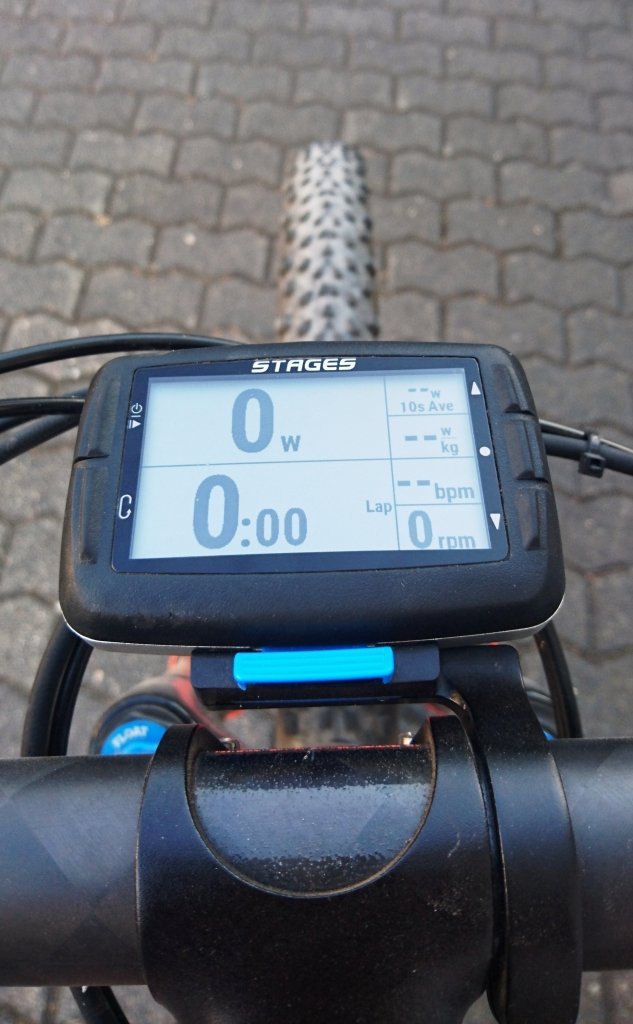
A typical scree on the Dash.
Using Stages for training and competition
It’s hard to imagine now how we worked without the Stages Power meter and the Stages Dash. We train according to our own specific performance steps and do our intervals in the individually prescribed performance zone. The interaction between the power meter and the head unit is flawless. The Dash always indicates the current power output, making it easy to match with performance requirements for my intervals.
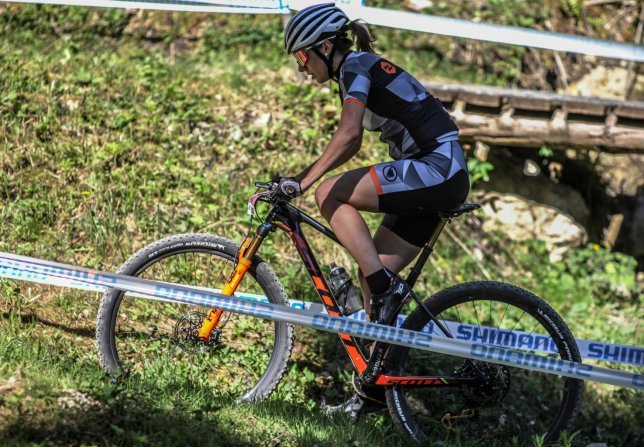
Collecting data with Stages Dash and power meter.
During a race, we don’t pay attention to our power output. We still have the Dash with us though, as it collects valuable performance data that our coach and us analyse and evaluate. We identify strength and weaknesses and adapt accordingly.
The Stages Dash also allows for performance tests like the CP20 to determine your personal thresholds and then develop a training routine.

Robert also relies on Stages.
Before switching to the Stages Dash, we used Garmin computers with our Stages power meters. We noticed that the data transfer between the two devices of the same manufacturer was faster. This is very important for training sessions with short intervals, since a delay alters the results and makes it hard to follow the routines.
Calibration between the two devices is also super-fast. Executing the command “Zero Reset” gets it done in seconds and gives you feedback that it was successful.
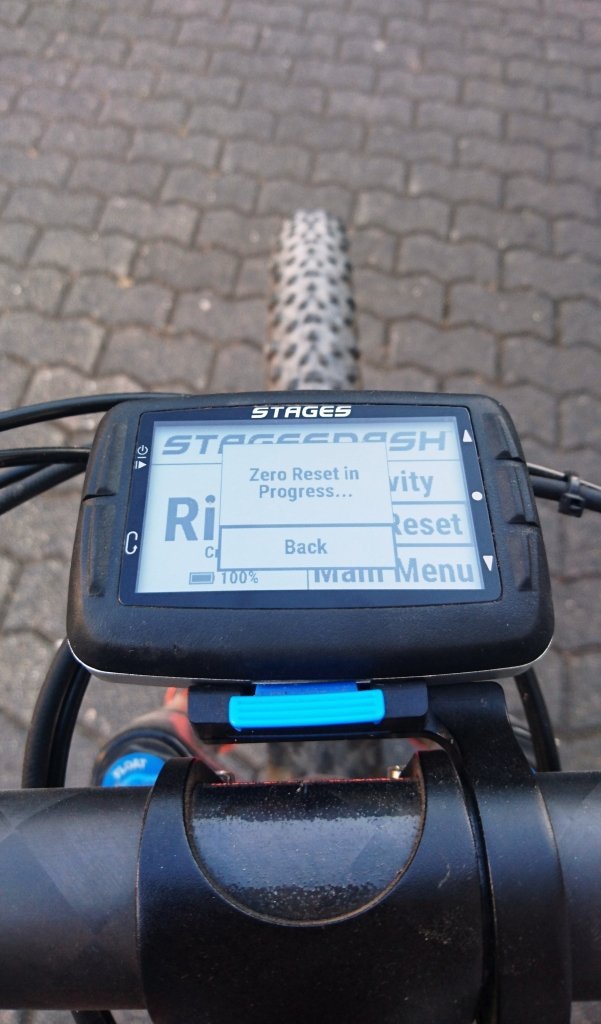
Stages Dash Zero Reset
Analysis and optmisation of your training with Stages Link and much more
Stages designed Link to be a cloud-based training service that seamlessly integrates with the Dash and the power meter, forming the integrated Stages performance ecosystem. It uses your goals, schedule and training data to dynamically create custom training plans and daily workouts. Although there are other functions like a knowledge data base and maintenance scripts for the Stages devices, we see Link’s strength in performance analysis and training optimization, which Stages also calls coaching.
1. Cloud-based coaching
We have a real coach, but we also tested the Coach function on Link. It recommends training plans that are then integrated into your calendar, which forms the start screen of Stages Link. It gives a great overview of past performances and scheduled training routines. You know what you have done and what lies ahead of you at a glance.
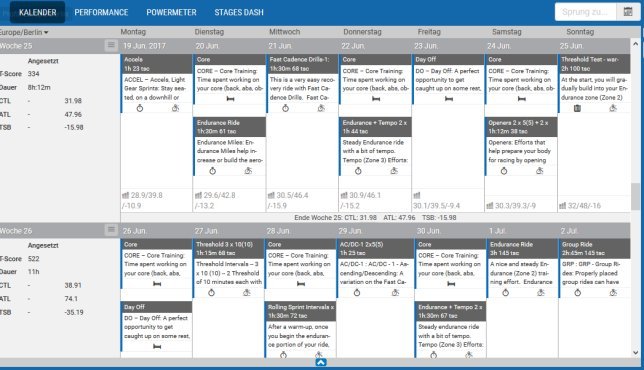
A stages Link training plan.
2. Performance analysis
Link is a very powerful analysis tool. It allows you to drill into every single lap, examine and compare power data as long as you remember to activate each lap via pushing a button. We use this function to compare how we feel during a series of intervals with the actual watt numbers. A lot of times, one feels great, but the power output does not reflect that and vice versa. Or the numbers fluctuate too much. Then we try to bring in more consistency into my power output.
3. Maintenance of Stages power meter and Stages Dash
Stages Link also helps you update the firmware of the Dash and the power meter. It allows you to do certain maintenance of the devices and lets you access run times and other useful information.
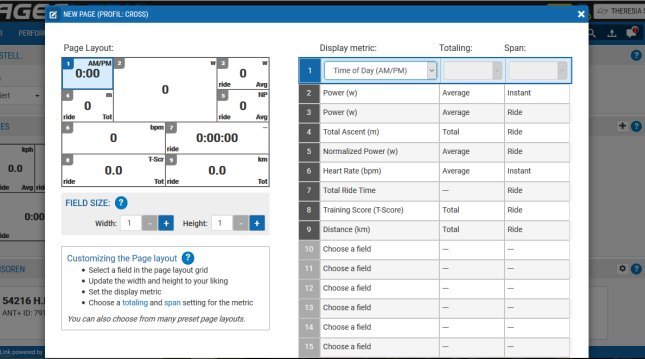
Customizing the Stages Link and Dash screens.
Final thoughts
The Stages Dash cycling computer in combination with the Link online platform compliment the Stages power meter in a great way. Combined they are a great tool for modern, power based training.

